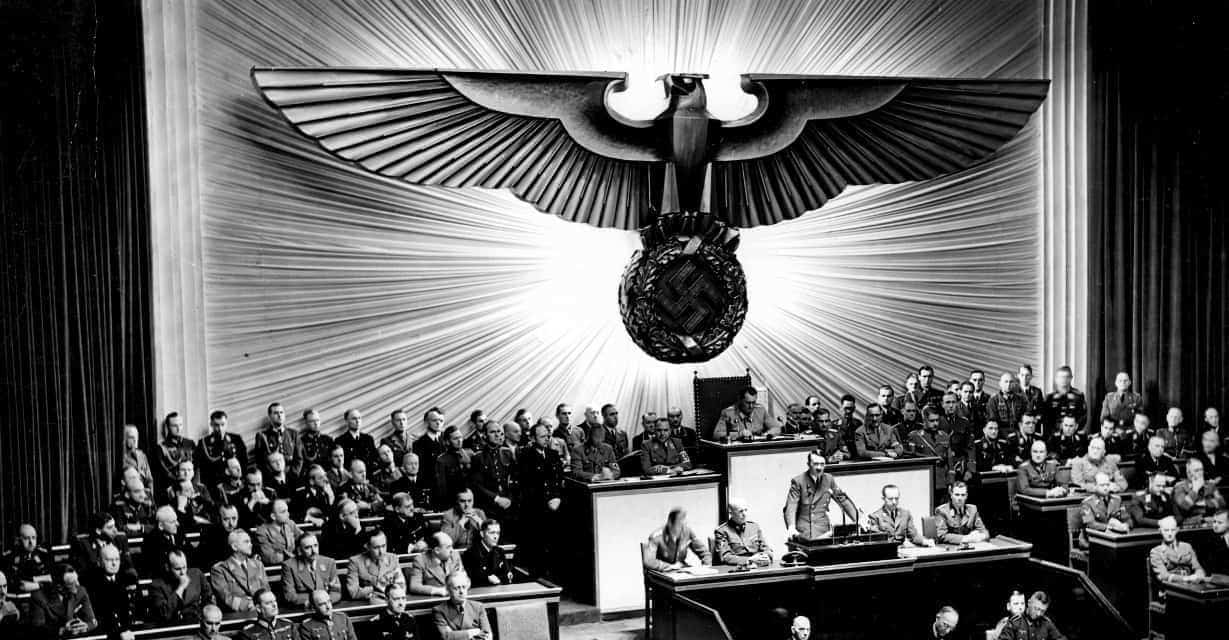History has had plenty of brilliant ideas that improved the collective lot of mankind. History has also had plenty of terrible ideas that backfired on the geniuses who decided to implement them. Or, because life’s unfair, they backfired on innocents who’d had no say in thinking them up but had to suffer their consequences anyhow.
Following are ten of history’s worst decisions.
Filling the Hindenburg With Hydrogen
By the mid-1930s, rigid airships, commonly known as zeppelins, had been flying commercial passengers for over 30 years. Tens of thousands of paying passengers had flown over a million miles, in over 2000 flights, without a single injury. Zeppelins’ popularity was soaring, and it was widely assumed that they were the wave of the future. The latest milestone was that of Germany’s Zeppelin Company, whose giant airships flew passengers across the Atlantic in luxury and style, in a mere 60 hours – remarkable for commercial travel back then.
Many predicted that airships would dominate global travel. Then catastrophe struck the Hindenburg, the Zeppelin Company’s flagship and the biggest airship ever built – twice as high and three times as long as a Boeing 747 “Jumbo Jet”. On May 6th, 1937, after an uneventful trans-Atlantic flight, the Hindenburg tried to dock with a mooring mast in Lakehurst, New Jersey, when it suddenly erupted in flames.
It took only 37 seconds from when the first spark appeared for the world’s biggest airship to get destroyed by fire. Of 97 people on board, 35 died, and another person died on the ground. The spectacular disaster, captured on film and widely disseminated around the world, shattered public confidence in that mode of transport, and brought the airship era to an abrupt end.
At the time, the catastrophe was commonly blamed on sabotage: the Hindenburg was not only the pride of the Zeppelin Company but also a source of German national pride and a symbol of resurgence under the Nazis. Many were eager to stick it to the Nazis: threatening letters had been received, and a shot was advanced as a plausible source for starting the fire. Another widely accepted hypothesis pinned the blame on a static spark.
Whether an accidental spark or a deliberate shot, the disaster would not have happened if not for the Zeppelin Company’s disastrous decision to fill its airships with highly flammable hydrogen, instead of a less combustible alternative such as helium. If the Hindenburg had used helium, as airships do today, then neither a spark nor a shot could have reduced it to a flaming wreck in less than a minute.

